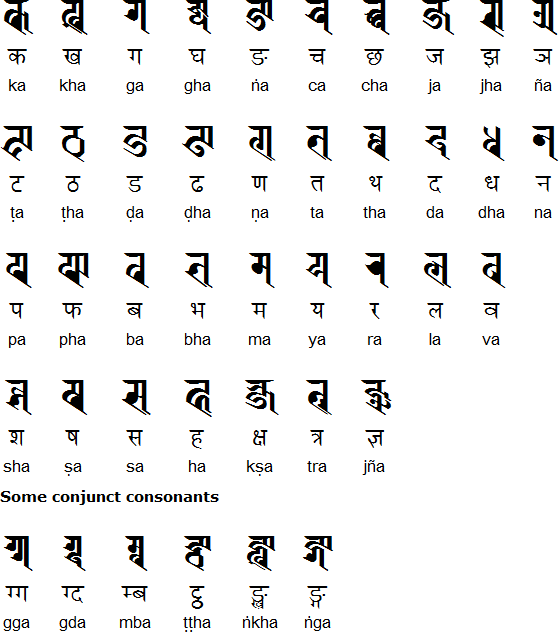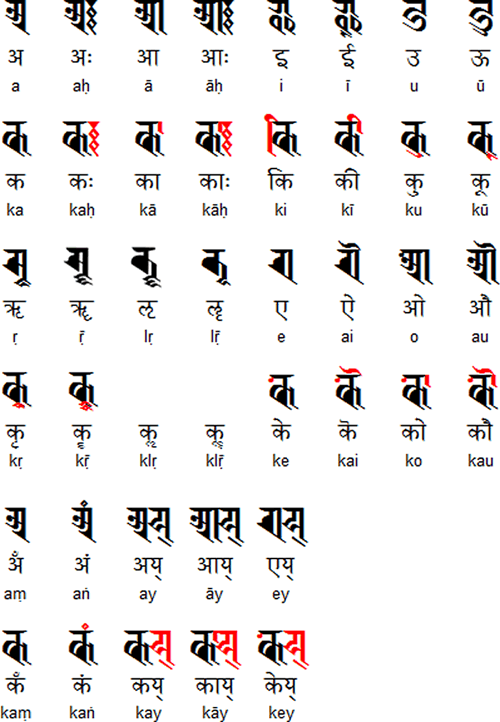OK so you are are a newar or call yourself a newar. But what does newar actually means? Who are actually newars?
One of the common answer would be, people who speak newari. So can you speak in newari ? Probably yes.
Okie so can you write in newari? Um.....ahh...no
Have you ever tried? Um ....ahh...no
Why? Coz it is difficult
Said who? ......don't know...I have no resource to learn all that.....
Okie not anymore...
My challenge to all is to let's see if you can write your name in any one of the nepal bhasa scripts. There are plenty of nepal bhasa scripts like prachalit, ranjana, golmol,etc..Atleast 11 of them till now reconized as nepal's own and newars own.
Here is Ranjana script for you...
complete guide to ranjana script can be found at
http://malaiya.tripod.com/ranjana/Ranjana.pdf
and for proposed newari unicode
http://www.evertype.com/standards/tai/newari.pdf
You will be amazed to see how wonderful it is to be able to write on this script..Just give ya 15 minutes of ya life and see how beautiful it is.
challenge: Write your own name in any one of the nepal bhasa scripts and see how it turns out.
More on Ranjana script....You can use illustration below as guide...
Believe me it is not that difficult....Just try to write ya name and post it in here...
Ranjana
The Ranjana script, which is also known as Kutila or Lantsa,
is one of the many alphabets derived from the Brahmi
script. It developed during the 11th century AD and was used until the mid-20th
century in India and Nepal by the Newar people to write the Newar language.
Tibetans use this script, which they call Lantsa, for writing
the Sanskrit titles of books which have been translated from Sanskrit to
Tibetan, and for decoration in temples and mandalas. There are also a few
texts printed with alternating lines in Sanskrit in the Lantsa
script followed by a Tibetan translation. There were many original Sanskrit
manuscripts written in Lantsa preserved in the old monasteries
of Tibet but most of these were destroyed following the Chinese take-over.
In addition, the Ranjana script is/was used mainly for decoration by
Buddhists in China, Mongolia and Japan
Notable features
- Ranjana is a syllabic alphabet - each letter has an inherent vowel
[a]. Other vowels can be indicated using a separate letters or diacritics.
Used to write:
Nepal Bhasa (नेपाल भाषा/Newah Bhaye/Newar),
a member of the Tibeto-Burman group of Sino-Tibetan languages spoken in Nepal and India
by about 775,000 people. Nepal Bhasa is also written with the
Devanagari alphabet.
Also used to write Sanskrit, the classical language
of India.
Consonants

Vowels and vowel diacritics

Numerals

Sample text

source :http://www.omniglot.com/writing/ranjana.htm
Last edited: 27-Jun-09 10:49 AM
Last edited: 27-Jun-09 11:04 AM
